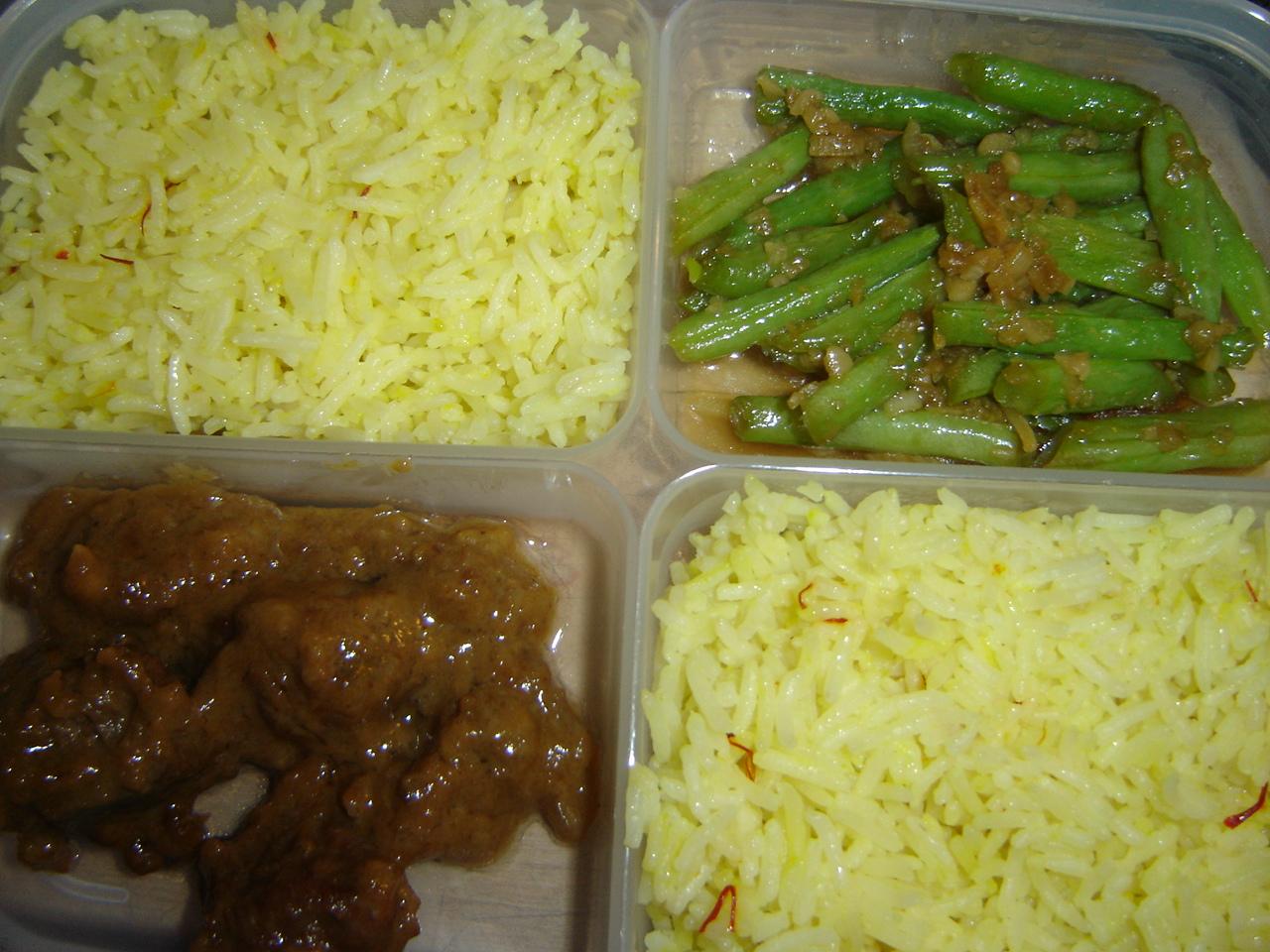Creating a balanced school lunch for your child is more than just packing a meal; it’s about nurturing their growth, fueling their energy, and supporting their learning journey. As a parent, you understand the importance of providing nutritious food that not only satisfies their hunger but also contributes to their overall well-being. However, with busy schedules and ever-changing dietary guidelines, this task can sometimes feel overwhelming. In this guide, we’ll explore practical strategies and thoughtful tips to help you craft school lunches that are both nutritious and enjoyable for your child. Whether you’re dealing with a picky eater or simply seeking fresh ideas, we’re here to support you every step of the way in making lunchtime a positive and nourishing experience.
Understanding Nutritional Needs for Growing Minds
When it comes to nurturing the mental and physical development of children, crafting a balanced school lunch is essential. A well-rounded meal fuels their bodies and minds, helping them focus, learn, and grow. To ensure that your child’s lunchbox is packed with the right nutrients, consider these key components:
- Proteins: Essential for growth and development, include lean meats, eggs, beans, or tofu.
- Whole Grains: Opt for whole grain bread, brown rice, or quinoa to provide sustained energy.
- Fruits and Vegetables: A colorful variety ensures a range of vitamins and minerals.
- Dairy or Dairy Alternatives: Choose options like cheese, yogurt, or fortified plant-based milks for calcium.
- Healthy Fats: Avocado, nuts, or seeds can support brain health and keep them full longer.
| Nutrient | Example | Benefit |
|---|---|---|
| Protein | Grilled Chicken | Supports muscle growth |
| Whole Grain | Whole Wheat Wrap | Provides lasting energy |
| Vegetable | Carrot Sticks | Rich in vitamins |
| Fruit | Apple Slices | Boosts immunity |
| Dairy | Yogurt Cup | Strengthens bones |
Remember, variety is the spice of life—and nutrition! Encourage your child to try different foods and flavors to discover their preferences. This not only ensures they receive a spectrum of nutrients but also cultivates an adventurous palate.

Crafting a Colorful and Nutritious Lunchbox
Creating a vibrant and healthy lunchbox doesn’t have to be a daunting task. By focusing on a mix of colors and nutrients, you can ensure your child gets a well-rounded meal. A good rule of thumb is to include a variety of food groups. This not only provides essential nutrients but also keeps the lunch visually appealing, which can encourage your child to eat more of it.
- Proteins: Include lean proteins such as grilled chicken, boiled eggs, or chickpeas. These help in muscle development and keep your child feeling full longer.
- Fruits and Vegetables: Aim for a rainbow of colors here. Think cherry tomatoes, carrot sticks, blueberries, and apple slices. These are packed with vitamins and fiber.
- Whole Grains: Opt for whole grain bread or wraps for sandwiches, or add a small portion of brown rice or quinoa salad. Whole grains provide sustained energy.
- Dairy or Alternatives: Include a small portion of cheese or yogurt. If your child is lactose intolerant, consider almond or soy-based alternatives.
| Food Group | Example | Benefits |
|---|---|---|
| Proteins | Grilled Chicken | Muscle Growth |
| Fruits | Apple Slices | Vitamins & Fiber |
| Vegetables | Carrot Sticks | Rich in Fiber |
| Whole Grains | Whole Wheat Bread | Sustained Energy |
Encourage your child to be part of the lunchbox preparation process. This can help them develop an interest in what they eat and make healthier choices independently. A small note or a fun sticker can also make lunchtime more enjoyable and remind them that their meal was prepared with love.

Incorporating Variety While Catering to Preferences
Balancing variety with individual preferences can feel like a culinary tightrope, but it’s an essential aspect of crafting a nutritious and enjoyable school lunch. The key is to introduce new foods alongside familiar favorites, ensuring each meal is both exciting and comforting. By doing so, you not only broaden your child’s palate but also keep them engaged and satisfied.
To achieve this balance, consider the following tips:
- Mix and Match: Combine different textures and flavors, like crunchy carrot sticks with creamy hummus, or a savory cheese slice with sweet apple wedges.
- Rotate Proteins: Alternate between plant-based options and lean meats to keep lunches varied. For example, include a chickpea salad one day and a turkey wrap the next.
- Customize Portions: Adjust portion sizes to match your child’s appetite and preferences, ensuring they receive enough energy without feeling overwhelmed.
| Day | Main | Side | Snack |
|---|---|---|---|
| Monday | Turkey Wrap | Carrot Sticks | Apple Slices |
| Tuesday | Chickpea Salad | Cucumber Slices | Trail Mix |
By thoughtfully curating each lunch, you can cater to your child’s tastes while ensuring they receive a wide array of nutrients. This approach not only supports their physical health but also nurtures a lifelong appreciation for diverse foods.

Practical Tips for Preparing Lunches on Busy Mornings
Finding time to prepare a nutritious lunch on a hectic morning can feel like a juggling act. Here are some practical tips to streamline the process and ensure your child’s lunch is both delicious and balanced:
- Pre-plan and Prep: Designate a time over the weekend to plan the week’s lunches. Chop veggies, cook grains, and portion out snacks in advance. Consider creating a simple menu to avoid last-minute decisions.
- Invest in Containers: Use compartmentalized lunch boxes to keep different food items separate and fresh. This makes it easy to include a variety of food groups without the hassle of multiple containers.
- Utilize Leftovers: Transform dinner leftovers into a delightful lunch. Grilled chicken from last night can become a tasty wrap with some fresh veggies and a dollop of hummus.
Here’s a quick reference table to help you assemble a balanced lunch effortlessly:
| Food Group | Examples | Serving Suggestions |
|---|---|---|
| Protein | Chicken, Tofu, Beans | 1/2 cup or palm-sized portion |
| Carbohydrates | Whole grain bread, Quinoa | 1 slice or 1/2 cup |
| Fruits & Veggies | Carrot sticks, Apple slices | 1 cup mixed or handful |
| Dairy | Cheese, Yogurt | 1 slice or 1/2 cup |
By organizing and preparing in advance, you’ll save time and reduce stress, ensuring that your child heads to school with a meal that fuels their day. Remember, it’s about progress, not perfection—every little effort counts!








































